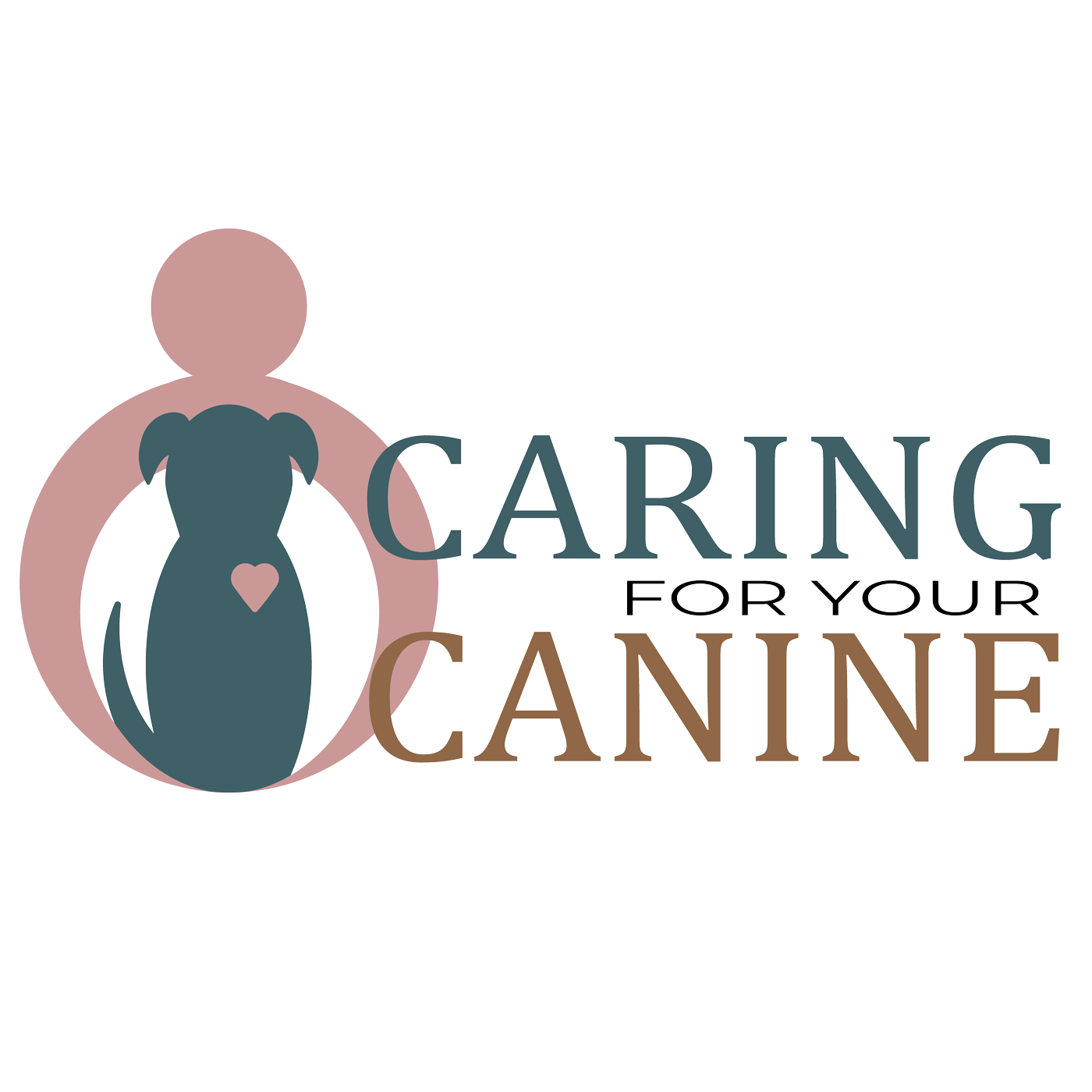In the world of dog enthusiasts, there are a few topics that can cause considerable division. One such topic is nutrition. Recently, I’ve unfortunately witnessed some harsh examples of food shaming. What do I mean by that? This phenomenon occurs when some dog owners judge others based on the dietary choices they make for their beloved pets. For instance, a client of mine was told (in a facebook group) that she was “poisoning” her dog because she had mixed some fresh meat into her dog’s kibble. It seems few topics evoke such strong emotional responses as the way we feed our dogs. I will list some arguments here, and I’d like to emphasize the importance of a little understanding and respect for dietary choices.
Raw food
Proponents of raw feeding for dogs often highlight the health benefits they observe. The idea is that feeding fresh meat and natural ingredients enhances the health and vitality of their dogs. One argument often made is that raw food is more akin to the diet of wild dogs and wolves, and thus, evolutionarily speaking, it makes more sense for our pets. Additionally, raw food tends to be less processed than kibble and usually free from artificial additives and preservatives, which could contribute to a healthier life for the dog.
Kibble
On the other hand, there are dog owners who prefer kibble for various reasons. Financial constraints often play a role. While raw food can offer health benefits, it is also generally more expensive than conventional kibble. Furthermore, preparing raw food can be time-consuming, which not all owners can afford in their busy lives. And let’s be honest, not everyone is comfortable handling raw meat, especially considering the potential risks of bacterial contamination like salmonella. While most dogs seem to handle a bit of salmonella in their food just fine, the same cannot be said for humans. Contamination through raw food is certainly possible if insufficient hygienic measures are taken.
Moreover, there is growing recognition that not all kibbles are created equal. There are certainly manufacturers who try to use better ingredients and optimize the production process to reduce harmful substances. However, it’s not always easy for buyers to recognize which kibbles this applies to. The front of the packaging always looks great – but that’s a matter of marketing and doesn’t necessarily reflect the actual quality. Each owner has their own circumstances, priorities, and beliefs. What works for one dog owner might not work for another, and that’s perfectly okay.
Long term health
More and more studies are showing that for long-term health, maintaining a healthy gut flora is important. One way to do this is by offering a variety of foods: exploring and feeding a wide variety of different food items.
Please note: an exception here, however, are dogs with a proven food allergy or other digestive issues that may tolerate only one specific type of food. In such cases, you cannot just add foods without potentially causing adverse effects. Then, guidance by a veterinarian or nutritionist is crucial.
But for essentially healthy dogs, there’s a lot of room to vary, and even small amounts can have a big impact. (I’ve written about this before: see my mini-series on Superfoods). Offering a variety of foods is very possible, whether you feed kibble or fresh food. The most important thing is that we do our utmost for the well-being of our dogs within the possibilities we have.
And in case you’re wondering: raw meat and kibble can certainly be given in the same bowl. This does not cause digestive problems, contrary to what is sometimes claimed online.
Just don’t 😊
Food shaming in the world of dog nutrition is unnecessary and counterproductive. Whether you choose raw food, kibble, or a combination of both, your love and commitment to your dog are what truly count. We all want the best for our beloved friend, regardless of the nutritional path we take.


 Want to receive 5 tips for your senior dog in advance?
Want to receive 5 tips for your senior dog in advance?